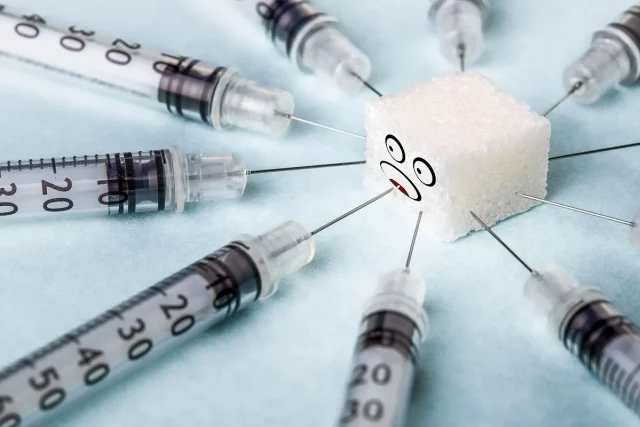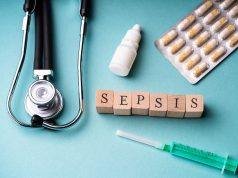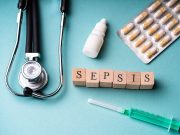Odds of incident T2D increased in association with each tertile increase in the PFAS mixture
By Elana Gotkine HealthDay Reporter
FRIDAY, July 25, 2025 (HealthDay News) — In multiethnic populations, exposure to per- and polyfluoroalkyl substance (PFAS) mixtures may be associated with increased odds of type 2 diabetes (T2D), according to a study published online July 21 in eBioMedicine.
Vishal Midya, Ph.D., from the Icahn School of Medicine at Mount Sinai in New York City, and colleagues examined the associations between exposure to PFAS mixtures with later T2D diagnosis and underlying metabolic dysregulation in a nested case-control study within an electronic health record-linked biobank of >65,000 patients seeking primary care at Mount Sinai Hospital since 2007. A total of 180 incident T2D cases and 180 age-, sex-, and ancestry-matched T2D controls were selected. Seven PFAS and unquantified metabolomic profiles were quantified in prediagnostic plasma collected at baseline (about six years before diagnosis). Weighted Quantile Sum regression was used to assess the PFAS mixture associated with the odds of incident T2D.
The researchers found that the odds of incident T2D were increased in association with each tertile increase in the PFAS mixture (odds ratio, 1.31), with perfluorooctane sulfonate contributing most to this association. The metabolites 5-hydroxytryptophan, glucoheptulose, and sulfolithocholylglycine were associated with both the PFAS mixture and T2D odds; the associations with sulfolithocholylglycine survived multiple testing corrections. Glutamate metabolism, arginine and proline metabolism, and drug metabolism-cytochrome p450 were the pathways associated with both the PFAS mixture and T2D.
“Findings may inform public health policy needed to reduce PFAS exposures in the environment, as well as precision-environmental health approaches for T2D prevention and treatment,” the authors write.
One author served as an expert consultant for plaintiffs in litigation related to PFAS-contaminated drinking water; a second author disclosed ties to the pharmaceutical industry.
Copyright © 2025 HealthDay. All rights reserved.



















